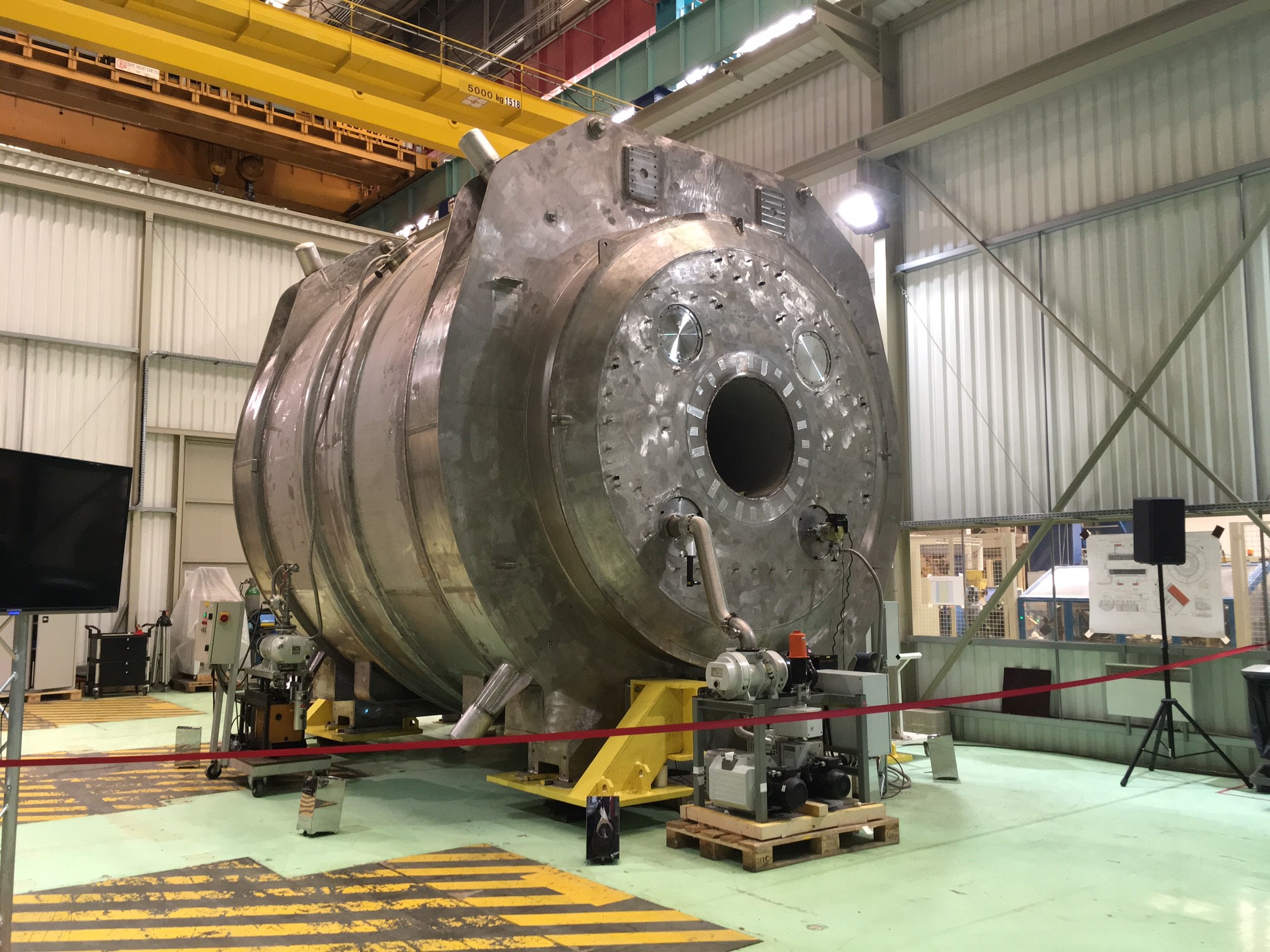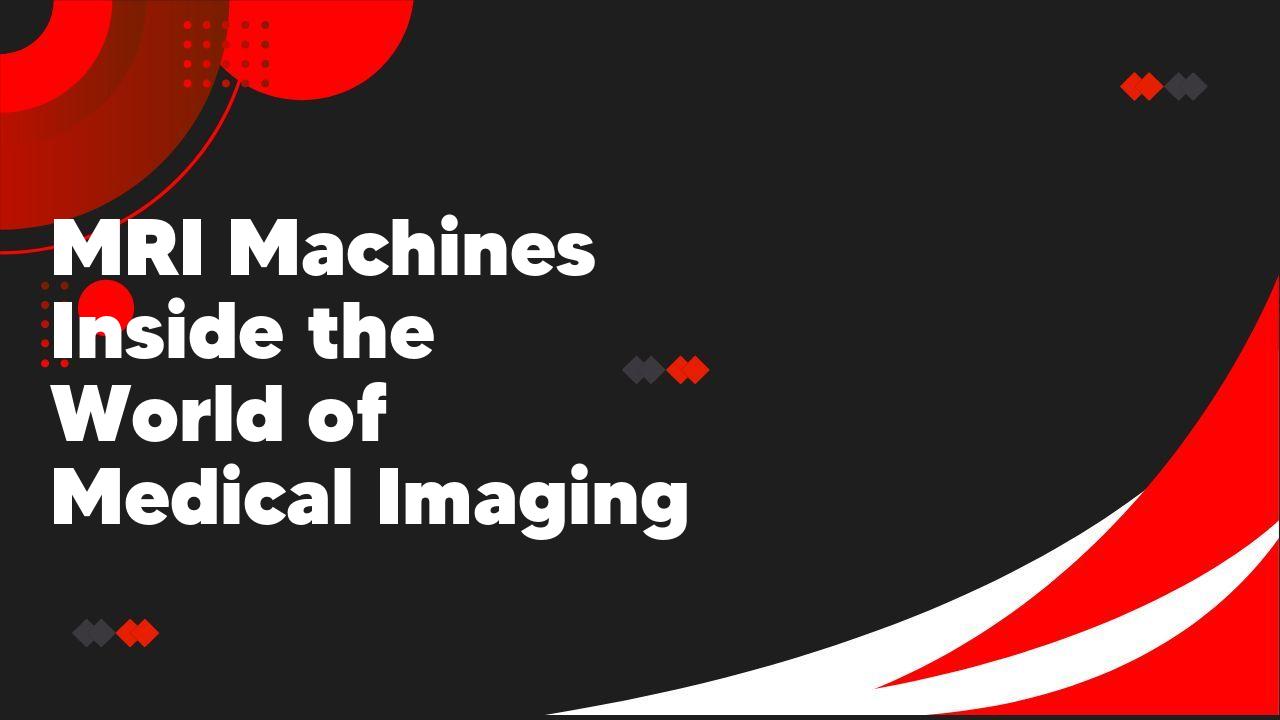Medical imaging plays a crucial role in diagnosing and treating various medical conditions. One of the most advanced and widely used imaging techniques is Magnetic Resonance Imaging (MRI). This article explores the world of MRI machines, their technology, and their significance in modern healthcare.
The Evolution of MRI Technology: From Concept to Cutting-Edge Medical Imaging
The Insane Engineering of MRI Machines
Win free electronics gear and learn from the experts at Keysight here: ...
MRI technology has come a long way since its inception. Originally conceived as a concept in the 1970s, it has now become a cutting-edge medical imaging tool. MRI, or magnetic resonance imaging, uses powerful magnets and radio waves to create detailed images of the body’s internal structures. Over the years, advancements in technology have led to improvements in image quality, speed, and patient comfort. Today, MRI is widely used in the medical field for diagnosing and monitoring a variety of conditions, including cancer, neurological disorders, and musculoskeletal injuries. The evolution of MRI technology has revolutionized the way doctors diagnose and treat patients, providing them with a non-invasive and highly accurate imaging modality.
How MRI Machines Revolutionized Diagnostic Medicine: A Closer Look

MRI machines have revolutionized diagnostic medicine by providing detailed images of the body’s internal structures. These machines use a powerful magnetic field and radio waves to create clear and precise images of organs, tissues, and bones. Unlike other imaging techniques, such as X-rays or CT scans, MRI machines do not use ionizing radiation, making them safer for patients. The high-resolution images produced by MRI machines allow doctors to accurately diagnose and monitor a wide range of conditions, including tumors, injuries, and diseases. Additionally, MRI machines can be used to guide surgeons during procedures, improving the precision and success rates of surgeries. Overall, MRI machines have greatly advanced the field of diagnostic medicine and have become an essential tool for healthcare professionals.
Exploring the Inner Workings of MRI Machines: Understanding the Science Behind the Images
MRI machines, or Magnetic Resonance Imaging machines, have revolutionized the field of medical imaging. These machines use a powerful magnetic field and radio waves to create detailed images of the inside of the body. The process begins with the patient lying down on a table that slides into the MRI machine. Once inside, the machine generates a strong magnetic field that aligns the hydrogen atoms in the body. Radio waves are then sent into the body, causing the hydrogen atoms to emit signals. These signals are picked up by the machine and converted into detailed images that can be used to diagnose and monitor various medical conditions. Understanding the inner workings of MRI machines is crucial for healthcare professionals to effectively interpret and utilize the images they produce.
The Role of MRI in Modern Healthcare: Advancements and Applications
MRI (Magnetic Resonance Imaging) has become an indispensable tool in modern healthcare due to its advancements and wide range of applications. This non-invasive imaging technique uses powerful magnets and radio waves to create detailed images of the body’s internal structures. MRI is particularly useful in diagnosing and monitoring various conditions, including cancer, neurological disorders, and musculoskeletal injuries. It provides high-resolution images that can help healthcare professionals make accurate diagnoses and develop effective treatment plans. Additionally, MRI is safe and does not involve exposure to ionizing radiation, making it a preferred choice for patients, especially children and pregnant women. With ongoing advancements in technology, MRI continues to play a crucial role in improving patient care and outcomes in modern healthcare.
Enhancing Patient Care with MRI: Benefits and Limitations of Medical Imaging
Medical imaging, specifically magnetic resonance imaging (MRI), has revolutionized patient care by providing detailed images of the body’s internal structures. MRI uses a powerful magnetic field and radio waves to create these images, allowing healthcare professionals to diagnose and monitor a wide range of conditions. One of the major benefits of MRI is its ability to produce high-resolution images without the use of ionizing radiation, making it a safer option for patients, especially children and pregnant women. Additionally, MRI can capture images from multiple angles, providing a comprehensive view of the body. However, there are limitations to MRI, including its high cost, limited availability, and the need for patients to remain still during the procedure. Despite these limitations, MRI remains an invaluable tool in enhancing patient care and improving medical diagnoses.
The Future of MRI Technology: Innovations and Potential Breakthroughs
MRI technology has come a long way since its inception, and the future holds even more exciting possibilities. Innovations in MRI technology are constantly being developed, with potential breakthroughs on the horizon. One area of focus is improving image quality and resolution, allowing for more accurate diagnoses. Researchers are also exploring the use of artificial intelligence to enhance the capabilities of MRI machines, enabling them to detect and analyze abnormalities more efficiently. Additionally, there is ongoing research into the development of portable and wearable MRI devices, which could revolutionize the field by making MRI technology more accessible and convenient. The future of MRI technology is bright, with endless possibilities for improving patient care and advancing medical knowledge.
Conclusion
In conclusion, MRI machines have revolutionized the field of medical imaging, allowing for detailed and accurate diagnoses of various conditions. These machines use powerful magnets and radio waves to create detailed images of the body’s internal structures, providing valuable information to healthcare professionals. With ongoing advancements in technology, MRI machines will continue to play a crucial role in improving patient care and advancing medical research.
What is an MRI machine?
An MRI machine is a medical imaging device that uses a strong magnetic field and radio waves to generate detailed images of the inside of the body.
How does an MRI machine work?
An MRI machine works by aligning the hydrogen atoms in the body’s tissues with the magnetic field. When radio waves are applied, the atoms emit signals that are detected by the machine and used to create images.
What are the benefits of using an MRI machine?
Using an MRI machine allows doctors to obtain detailed images of the body’s internal structures, helping them diagnose and monitor various medical conditions. It is a non-invasive and painless procedure.
Are there any risks associated with MRI scans?
Generally, MRI scans are considered safe. However, there may be risks for individuals with certain medical devices or conditions, such as pacemakers or metal implants. It is important to inform the healthcare provider of any such concerns before undergoing an MRI scan.
How long does an MRI scan take?
The duration of an MRI scan can vary depending on the area being imaged and the complexity of the examination. On average, an MRI scan takes around 30 to 60 minutes.
Is an MRI scan painful?
No, an MRI scan is not painful. However, some individuals may experience discomfort from lying still for an extended period or from the noise produced by the machine. Earplugs or headphones can be provided to minimize the noise.

